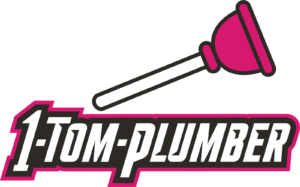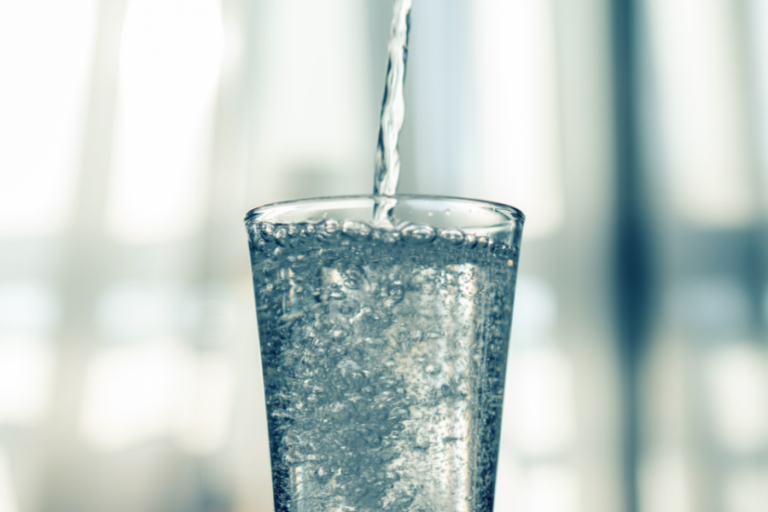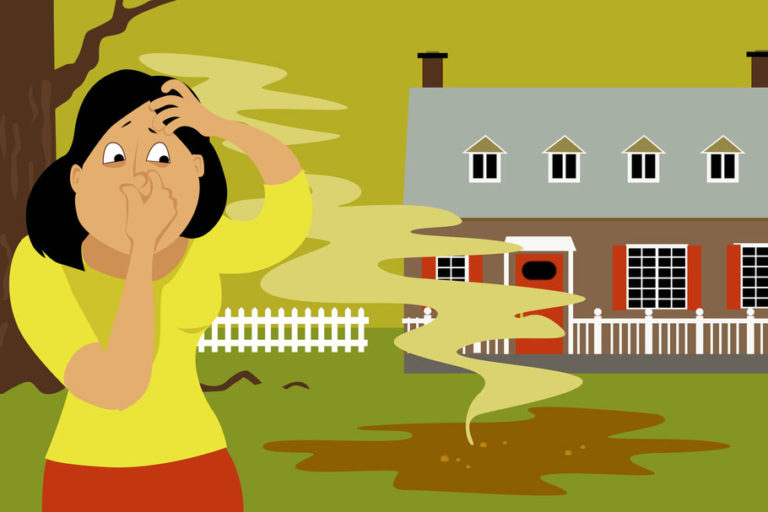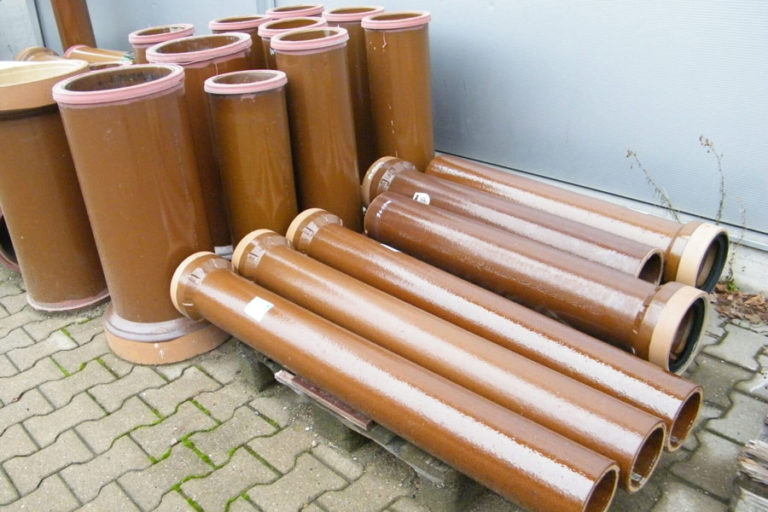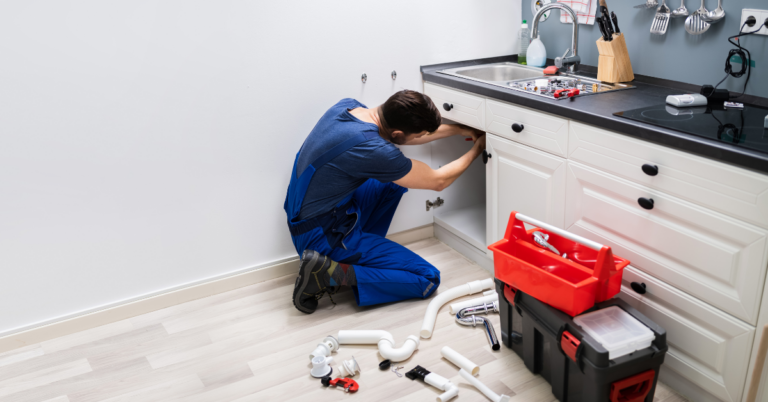How To Prevent Water Damage to Your Home
Knowing how to prevent water damage to your home can save you thousands of dollars in damages, cleanup and restoration services, and heartache.
Consequently, one of the leading causes of water damage in the home comes from your water supply pipes, which is what we’ll focus on here.
I’m going to show you everything you need to know about water supply pipes — and what to look for — so you can fix potential issues before they become disasters.
What are Water Supply Pipes?
The water supply system in your home is a pipe system that starts at the source and ends at all your fixtures and faucets. This pipe ecosystem includes:
- House Mains: the main pipes to which all branches are connected
- Risers: the vertical pipes which carry hot and cold water vertically through one or more stories of your house
- Brand Lines: the pipes that branch off from the main pipes to carry water to your fixtures (like clothes washing and dishwashing machines) and faucets
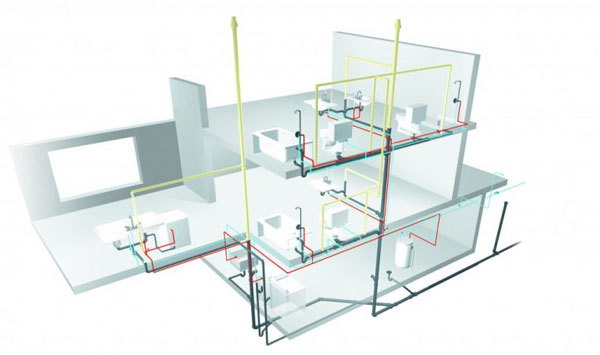
To prevent water damage in your home, you first need to identify the following causes in your water supply distribution system:
- Corrosion
- The presence of amateur plumbing
- The different noises made by your pipes
- Indications of water leaks and stains
- Improper pipe installation
- Improper pipe insulation
- Lack of shut-off valves
Check for Corrosion to Prevent Water Damage
Corrosion is the physical or chemical change that causes a material to degrade. The corrosion causes materials to break down quickly or slowly, depending on the type of materials and the environment surrounding them.
There are two types of corrosion:
- Electrolytic or Galvanic Corrosion: This kind of corrosion occurs when two incompatible metals are connected to each other in water.
For example, a garden hose thread is usually made from aluminum. The spigot it attaches to is usually brass. These two metals are galvanically incompatible which is why your garden hose often fuses to the spigot and eventually corrodes.
This type of corrosion often happens from the inside at the joints where those dissimilar metals meet. It also happens on the outside of the pipes where incompatible metals meet and there is water present from condensation. Pipes hung with steel hangers in a damp location is a good example. - Chemical Corrosion: This process depends on the presence of oxygen, carbon dioxide, or salts in the water that react with the metal. A chemical reaction takes place, using up some of the metal particles.
The metal particles become soluble and wash away or build up in or on the pipes. An example would be rusting in cast iron pipes.
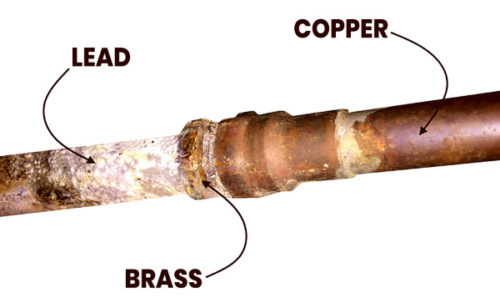
Here’s How to Identify Pipe Corrosion
This chart will help you identify corrosion (by color) on the most common types of water supply pipes.
Here’s How You Prevent Water Damage
You now know everything you need about the corrosion in your water supply pipes. Consequently, corrosion isn’t your only enemy. Pipes can leak or burst for many different reasons.
Here are 10 potential issues to look for:
- Corroded or rusted pipes
Look for corrosion in the piping and at the joints. Watch for mineral deposits on brass (and lead pipes if you have them); rusting on galvanized steel, and greenish deposits on copper. Pipes that have corrosion are near the end of their useful life and will begin leaking. Replace them as soon as you can.
- Drips and leaks
Watch for dripping and leaking from both visible pipes. Also look for water stains on ceilings, walls, and floors. This can indicate leaks from pipes you can’t see. The source can be the pipes where they connect to fixtures or the fixtures themselves. Finding a leak can be difficult. Get a plumber to look at and repair these signs of leaking right away.
- Noisy pipes
Pipes that are not secure within walls and not properly supported with hangers can vibrate, rattle, and bang as water moves through them. Different sounds mean different things.
When hangers are too tight, pipes rubbing against them can cause a squeaking sound. Whistling and chattering can be a sign of loose or worn-out washers in the faucets. Over time, the vibrations can loosen fittings or even break connections. Get these inspected and repaired. - Water hammer
If a faucet is turned off quickly, you might notice a banging or hammering sound from somewhere inside the walls. This is called “water hammer” and is explained more fully here. The shock waves that cause this sound will loosen pipes and damage connections. Get this fixed immediately or have an air chamber installed to prevent the hammering. In the meantime, turn faucets off slowly.
- Improper installation
All pipes must be properly supported along the plumbing run (the length of the pipe). Each size and type of pipe has its own requirements for the type of hangers used and where the supports should be placed. Remember what we said about galvanic corrosion? Look for supports that aren’t the same material as the pipe. This could be an area of concern.
Also, hot and cold supply pipes should be 6 inches apart from each other (3 inches if insulated). Plastic pipes need to have placement a certain distance away from heat ducts. Have these checked if you suspect any issues. - Lack of proper insulation
In certain circumstances, pipes need to be insulated. If you live in a cold climate for example. Or if you have water pipes in unheated areas like crawl spaces, basements, and garages. This will prevent freezing, swelling, and bursting; this is a common cause of costly flooding in the home.
In some homes, where cold water pipes sweat a lot, they should be insulated to prevent the pipes from being damaged by condensation. - Missing shut-off valves
In the water supply system of your home, there should be a number of shut-off valves. You should have a shut-off for the cold water line to the water heater, all toilets, and all sinks. In addition, you have a main shut-off valve (usually near the meter in your basement) that turns off the water in your entire house.
Without these shut-offs in place, you run the risk of not being able to quickly stop the flood of water coming out of a pipe or fixture. Have these installed, if possible. - Neglecting outdoor faucets
People often neglect outdoor spigots (faucets or hose bibs). More so, throughout the winter, homeowners leave garden hoses attached to their spigots or forget to shut off the water to them.
In the late winter and spring, we get numerous calls for thawed-out spigots that burst, causing major water damage in the home. A great remedy for this is to install frost-proof hose bibs. - Amateur or temporary repairs
In order to save money or time, “temporary” plumbing repairs are often made but never completed. Consequently, a tremendous amount of water damage occurs this way. Altogether, look for anything that looks out of the ordinary: pipes replaced by rubber tubing; rags, tape, putty, or wood plugs used to repair leaks; and the use of duct tape anywhere.
Also, inspect the supply lines closely for evidence of amateur plumbing mistakes. Signs can include: poorly made connections; using dissimilar metals next to each other without proper fittings, and inadequate supports. - Too-high water pressure
Water pressure is what pushes the flow of water through your pipes. Often, we see water damage from flooding that occurred because the water pressure was too high. The water pressure is too high (usually over 80 PSI) for the pipes to handle. This causes leaking (and breaking) at the pipe connections. Here’s how to measure your water pressure and make any adjustments (you should be between 40-60 PSI).
Final Thoughts
In conclusion, water damage to your home is often a devastating experience. Not only do you lose part (or all) of your home, but you can lose prized possessions as well. More so, the cost of plumbing repairs, cleanup, and water damage restoration is high.
In addition, the best action you can take is to mitigate the problem before it happens. Additionally, the information you’ve learned here, you can proactively and substantially reduce the risk of water damage in your home.
Related Resources
- Signs of water damage in walls
- Prevent water damage to your home
- How to deal with minor water damage
- Mold in basement: 4 areas to inspect
- Foundation water damages: signs, causes, prevention
- Toilet failure is a leading cause of water damage
- Does homeowners insurance cover water damage?
- Common causes of water damage in the home
- How to fix minor water damage on baseboards
- Water Damage Page
Call 1-Tom-Plumber
Don’t hesitate to contact us here or call us at 1-Tom-Plumber (1-866-758-6237) if you need help identifying and preventing water damage in your home.
1-Tom-Plumber’s certified team of plumbers and drain technicians respond immediately to any emergency plumbing, drain cleaning, or water damage problem. We also handle the excavation of underground water lines and sewer main lines. Our immediate-response team is available every day and night of the year, even on holidays.
